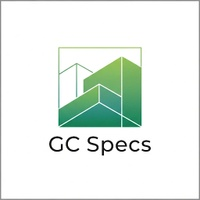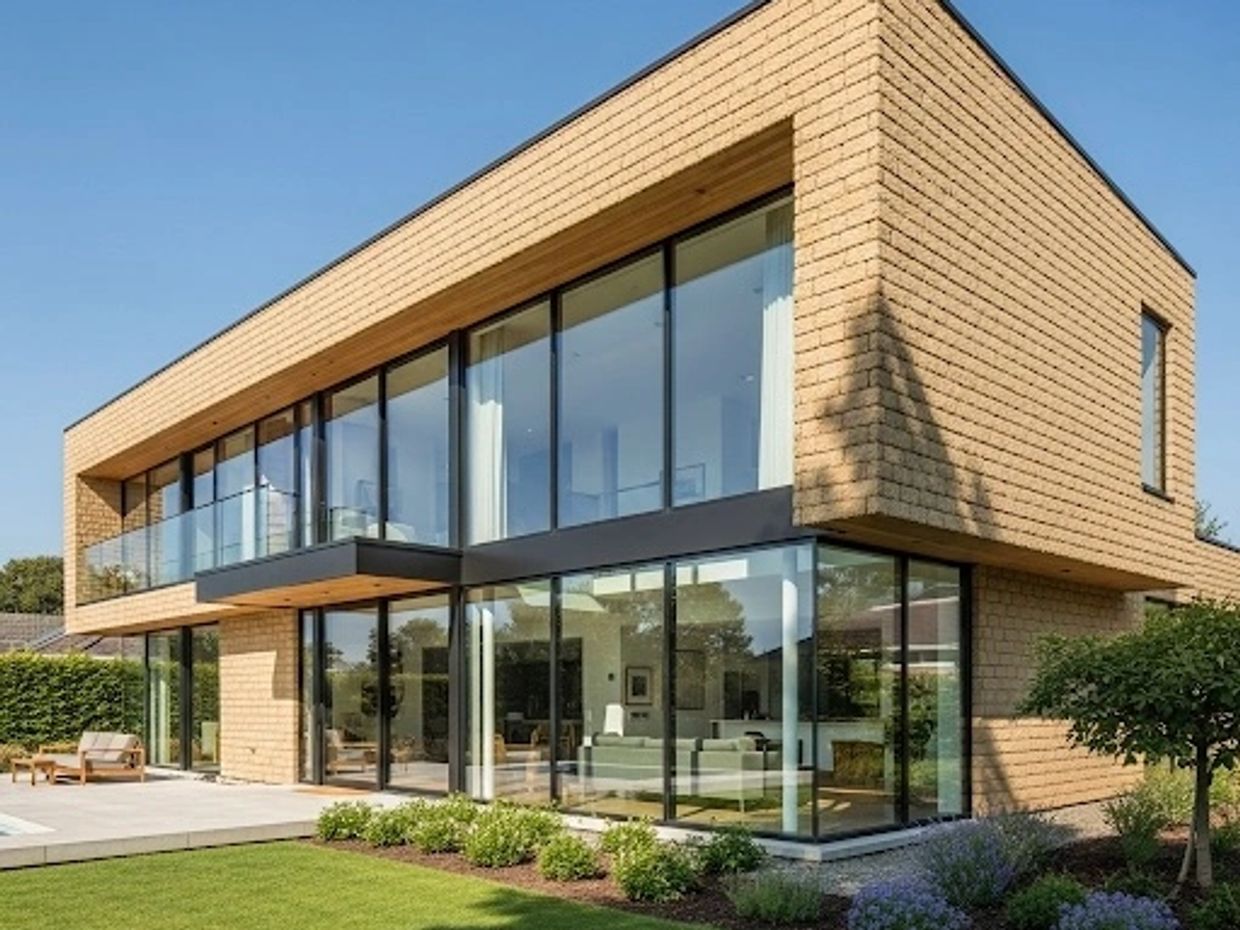The Enduring Value of Sustainable Exterior Building Products: Featuring James Hardie and Modern Mill
The exterior of a building is its first line of defense against the elements and its most visible statement. Choosing exterior building products isn’t just about curb appeal; it’s about long-term performance, environmental responsibility, and contributing to healthier communities. At GC Specs, we advocate for sustainable exterior solutions, exemplified by industry leaders like James Hardie and Modern Mill.
Here’s why prioritizing sustainable exterior building products is crucial:
1. Enhanced Durability and Longevity: Building to Last
Sustainable exterior products are often engineered for exceptional durability, significantly extending the lifespan of a building’s envelope. This directly translates to:
- Reduced Waste: Fewer replacements mean less material sent to landfills and a lower demand for new production.
- Lower Maintenance Costs: Highly durable materials resist rot, pests, warping, and extreme weather, minimizing the need for frequent repairs, painting, or replacement. This saves time, money, and resources over the building’s lifetime.
- Resilience: Products designed for sustainability are often inherently more resilient to harsh environmental conditions, including high winds, moisture, and fire, offering better protection for the building and its occupants.
Both James Hardie fiber cement products and Modern Mill’s ACRE™ material are prime examples of this. James Hardie siding is known for its incredible resistance to fire, rot, and pests, while ACRE™ is a revolutionary wood alternative that won’t rot, splinter, or succumb to water, weather, and pests, offering superior longevity compared to traditional wood.
2. Minimized Environmental Impact: From Cradle to Grave
The true sustainability of a building material considers its entire lifecycle – from raw material extraction and manufacturing to transportation, installation, use, and eventual disposal. Sustainable exterior products aim to reduce environmental harm at every stage:
- Resource Efficiency: They often use abundant, recycled, or rapidly renewable resources. For instance, James Hardie fiber cement is made from natural, low-toxicity materials like sand, cement, and cellulose fiber, with significant water recycling in their manufacturing process. Modern Mill’s ACRE™ is a standout, crafted from upcycled rice hulls – an agricultural byproduct that would otherwise be waste – in a zero-waste manufacturing facility. This dramatically reduces reliance on virgin timber and minimizes landfill contributions.
- Lower Embodied Energy: Sustainable materials frequently require less energy to produce compared to conventional alternatives. Their efficient manufacturing processes, often with closed-loop systems for water and waste, further reduce energy consumption and greenhouse gas emissions.
- Reduced Emissions: Choosing products with lower embodied carbon (the carbon emissions associated with a material’s production and transportation) contributes to mitigating climate change. Companies like James Hardie are actively working to reduce their Scope 1 and 2 GHG emissions.
3. Improved Energy Efficiency: A More Comfortable and Cost-Effective Building
The exterior envelope plays a critical role in a building’s thermal performance. Sustainable exterior products often contribute to superior insulation and air sealing, leading to:
- Lower Energy Bills: By preventing heat loss in winter and heat gain in summer, these materials reduce the workload on HVAC systems, leading to significant savings on heating and cooling costs.
- Enhanced Indoor Comfort: Consistent indoor temperatures and reduced drafts create a more comfortable environment for occupants.
- Reduced Carbon Footprint: Lower energy consumption for heating and cooling directly translates to a smaller operational carbon footprint for the building.
4. Healthier Spaces: Protecting Occupants and Installers
Just as with interior products, the chemical composition of exterior materials matters. Sustainable options prioritize health:
- Low- or No-VOCs: Many sustainable exterior finishes are formulated with low or no volatile organic compounds (VOCs), reducing harmful off-gassing that can impact outdoor air quality during installation and potentially leach into indoor spaces.
- Non-Toxic Composition: Products like ACRE™ by Modern Mill are manufactured without harmful chemicals such as phenol, formaldehyde, adhesives, or “forever chemicals,” creating a safer environment for installers and preventing future environmental contamination.
By specifying exterior building products from companies like James Hardie and Modern Mill, you’re not just choosing durable and aesthetically pleasing finishes. You’re making a conscious decision to:
Build more resilient, long-lasting structures.
Significantly reduce the environmental footprint of your projects.
Create healthier spaces for everyone.
Contribute to a more sustainable future for the entire construction industry.
At GC Specs, we are proud to connect you with innovative solutions that align with these vital principles.

